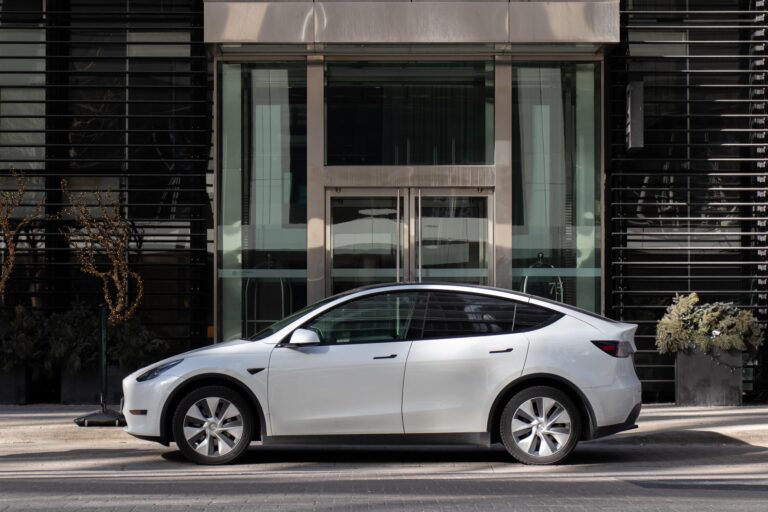Tesla achieved record quarterly revenue, yet profits fell sharply. Rising tariffs, higher research costs, and stiff competition weighed on earnings despite strong demand.
Revenue climbs while profits fall
For the quarter ending September, Tesla reported $28 billion (£21 billion) in revenue, up 12% from last year. Profits dropped 37% due to higher tariffs and growing research and development expenses.
Investors reacted cautiously. Tesla shares fell 3.8% in after-hours trading. Still, the company’s market value remains around $1.4 trillion, backed by confidence in Elon Musk’s AI and robotics ambitions.
Tax credit rush drives US sales
Tesla reversed a decline in quarterly sales as American buyers rushed to claim federal tax credits of up to $7,500 before they expired in September. The surge boosted Tesla’s numbers, though competitors like Ford and Hyundai posted even stronger growth.
The company also launched a six-seat Model Y, which proved particularly popular in China. Tesla offered incentives including five-year interest-free loans and insurance subsidies to attract more buyers.
Tariffs and research spending squeeze profits
US tariffs on imported car parts and raw materials continue to challenge Tesla. Finance chief Vaibhav Taneja said these levies cost the company more than $400 million last quarter.
Research and development expenses also climbed, particularly in artificial intelligence. Taneja said Tesla expects spending to continue rising as it expands automation and advanced technology projects.
Cheaper models fail to impress investors
In October, Tesla unveiled lower-cost versions of its Model Y and Model 3 in the US, cutting prices by about $5,000 to maintain sales after federal incentives ended.
Investors remained underwhelmed. Tesla shares fell further as markets reacted cautiously. Analysts say Tesla’s slow rollout of affordable vehicles has allowed rivals to gain ground in the fast-growing electric vehicle market.


